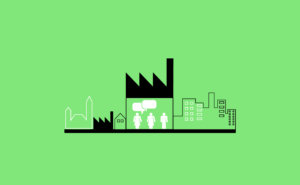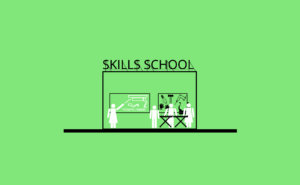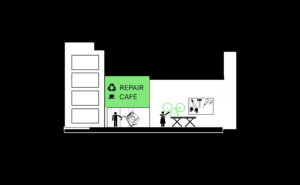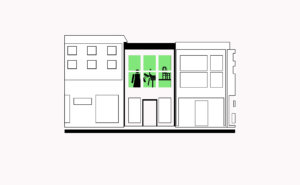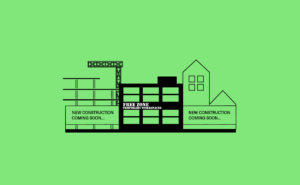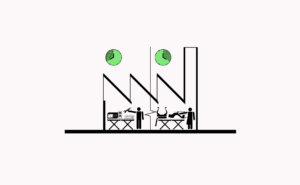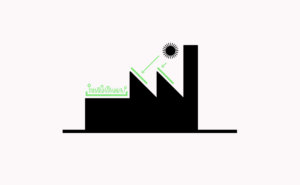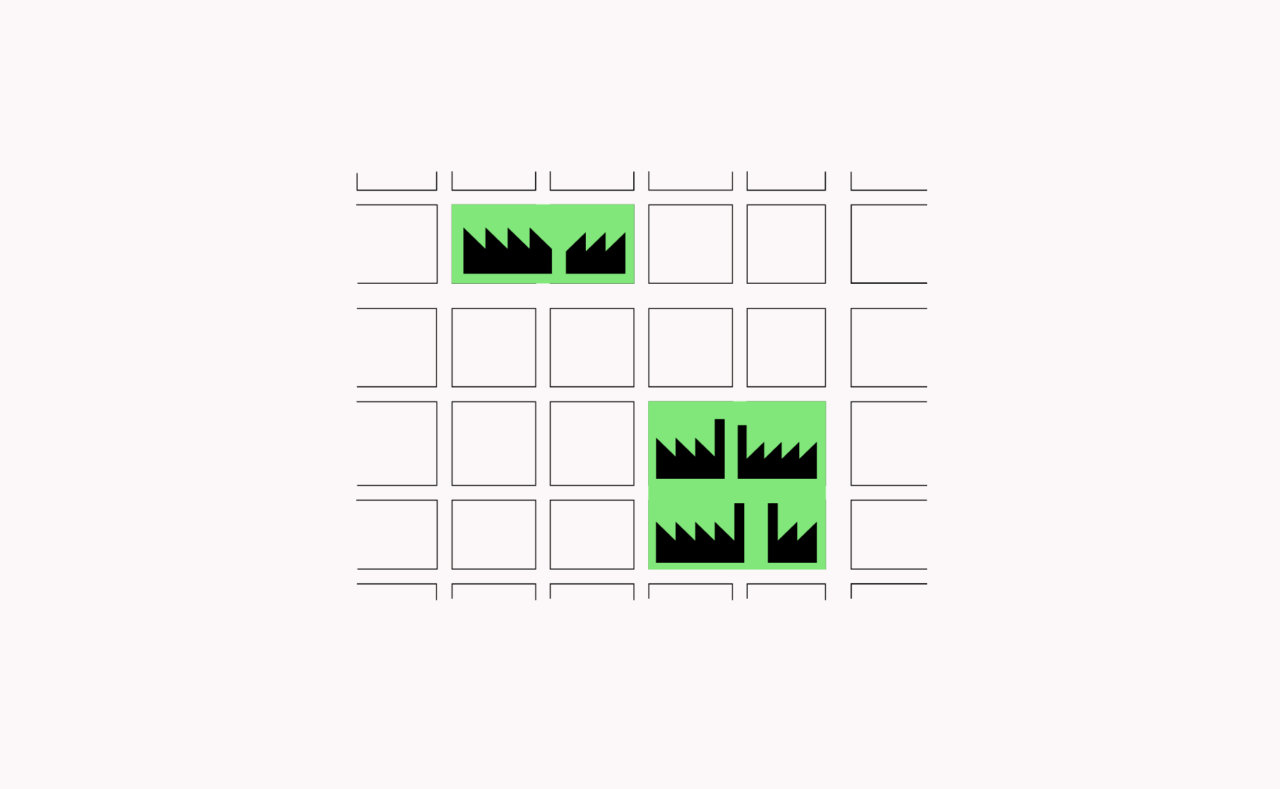
N.4 Clustering Similar Making
Clustering similar types of manufacturing promotes conditions for innovation, competition and collaboration while increasing access to staff and concentrating associated environmental issues.
[Context] Industry clusters are a concentration of similar and related firms that are connected to a geographic location, share similar forms of knowledge, technology, suppliers, attract similar skilled staff and interact in similar markets. Clusters of similar forms of manufacturing that have developed over time can become specialised centres of excellence. This provides space for skills and knowledge to be shared and competition to grow, thus encouraging innovation. Public stimulation of a specific sector is associated with economies of agglomeration and can help cities to focus and concentrate on specific activities. Clusters in turn draw in more skilled workers who can develop specialised skills. Clusters of similar makers can be very attractive to clients by offering choice of comparable products, to explore customisations and the capacity to negotiate terms and prices. Clustering also helps makers by allowing them to band together when necessary to deal with staffing, training or regulation issues.
[Problem] Firstly, not all manufacturers can be clustered as they depend on being close to clients. Some types of manufacturers do not work well when clustered and are more effective when well distributed across the city (bread and cement for example). Secondly, clustering manufacturers and their related services gain from efficiencies which benefit from concentrating activities around a specific site or area. Similar types of businesses often produce similar kinds of nuisances (noise, dust, odours or traffic). They also benefit from similar infrastructure such as logistics areas, waste management facilities, storage, piping networks, etc. Reducing impact or improve infrastructure efficiencies, could mean forcing similar manufacturers to be located nearby which in practice can take years and heavy negotiation with businesses. Third, when too many similar businesses cluster at a larger scale, an accessibility barrier can occur. Fourth, some business clusters inherently result in a poor N.8 Quality Urban Environment in Making Areas. Finally, clusters that function only at certain times of the day can result in security issues outside of working hours due to the lack of passive surveillance.
[Forces] The increasing pressure for cities to develop housing can lead to the break-up of manufacturing clusters and neighbourhoods into mixed use areas. Manufacturing clusters can develop into a rich ecosystem, which can fall apart due to the loss of space, the reduction in number of businesses and consequently the attraction for clients due to the loss of choice. This might eventually lead to the cluster being dissolved, or relocated. Clusters also depend on public infrastructure or financing to turn fundamental research into new products or services. This could include a hospital, a waste management centre or a research institute. If public investment conditions suddenly change, the cluster could collapse.
[Solutions] Develop clusters of similar makers to take advantage of specialist knowledge and skill. Concentrating similar types of making can be structured by C.1 Microzoning and facilitated by a R.3 Curator, encouraging complementary and related manufacturers to locate nearby. C.2 Negotiated Qualities & Environmental Criteria can be used to minimise or concentrate nuisances. Providing C.5 Varying Unit Sizes ensures businesses occupy the space they need and move to a site nearby if these needs change. The concentration of similar making is best kept to the scale of one or a few urban blocks and embedded in a larger area N.3 Mixing Complementary Making & Related Services. R.11 Incentives for Research & Development and P.7 Spaces for Development & Education could provide companies with the possibility of sharing technology and encourage them to co-locate. Clusters can support investment in a N.6 Centralised Logistics Zone, and if planned well, can be located near C.7 Links to Transport Infrastructure to help R.8 Moving Things Efficiently. Planners could be N.1 Taking Advantage of Place Conditions by C.9 Concentrating Messy Making Along Infrastructure, such as ports and waterfront for transportation. Clustering similar making brings advantages in transition towards more circular environments. Clusters can integrate N.5 Local Collection Points of Segregated Waste and C.8 Accessible Material Recovery Facilities that enable N.2 Re-use of Materials & Energy Flows and thus achieve R.6 Sustainable Product Cycles. A P.8 Community Hub in Making Locations located at the edges of manufacturing clusters can be used to link companies with surrounding residents, contributing therefore to acceptance of manufacturing by the general public. As clusters often involve similar land uses, C.10 Transition Zones could help increasing mixed use activity, where a more B.3 Public Face promotes N.8 Quality Urban Environment in Making Areas.
[Contribution] Add contributions here.
